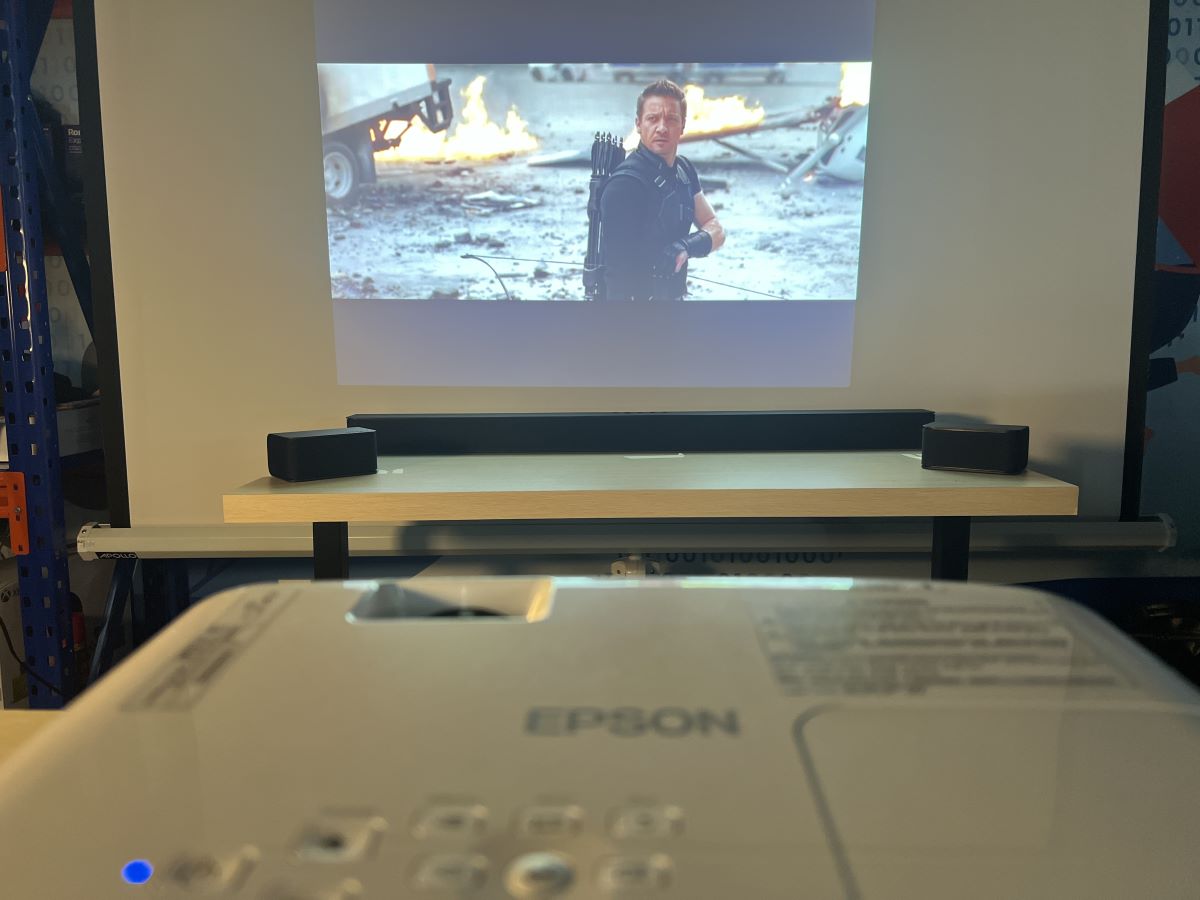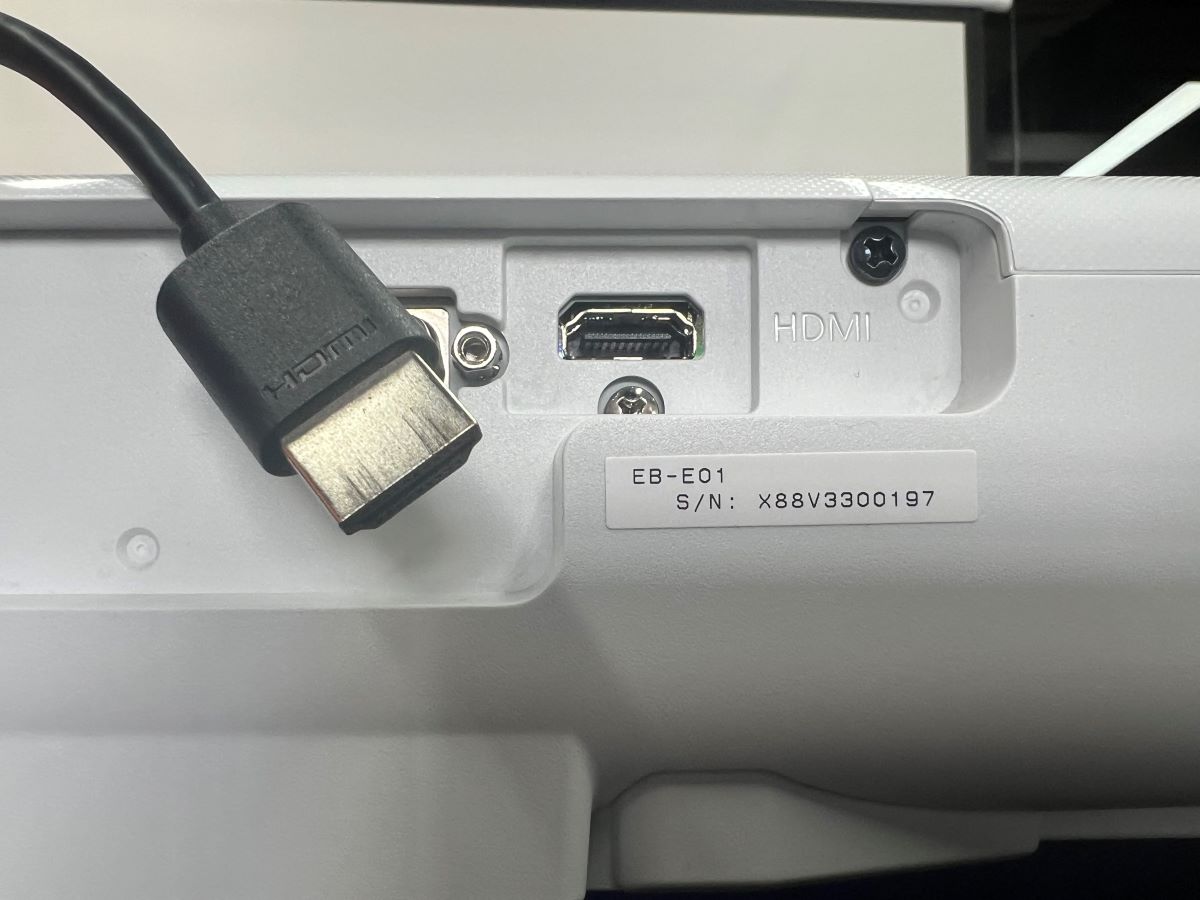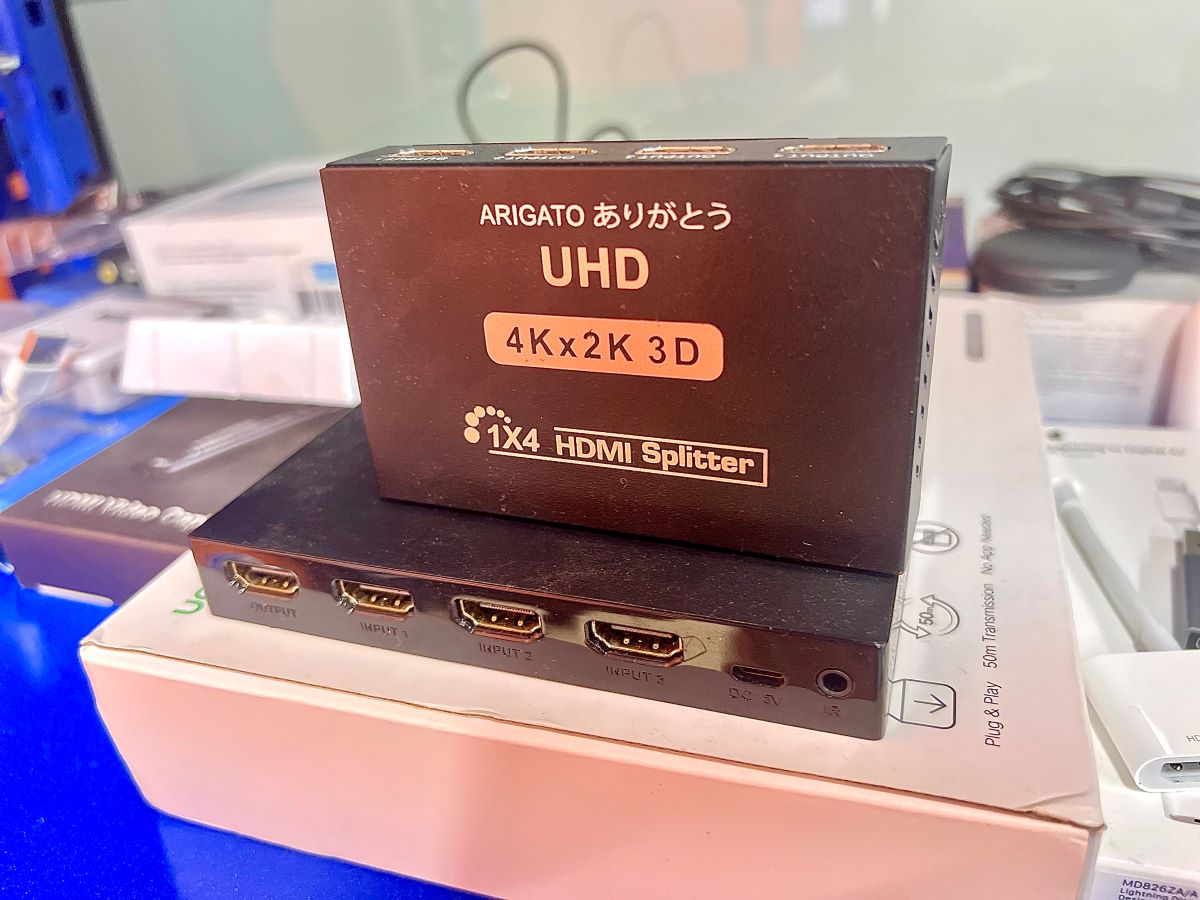How to Know if Your Projector Is HDCP Compliant & 2 Ways To Bypass HDCP Issues

What To Know
- Not all projectors are HDCP compliant; while newer models generally support the technology, it’s essential to ensure both projector and cables are compatible with the same HDCP version for proper functionality.
- Bypassing HDCP protection typically involves using an HDMI splitter that ignores HDCP requests or opting for analog connections, though these methods are not endorsed by content creators and may be illegal.
In this article, we will discover whether your projector is HDCP compliant, tackle HDCP-related problems, and learn how to navigate HDCP restrictions to ensure seamless 4K viewing.
Let’s get started!
Quick Navigation
Are All Projectors HDCP Compliant?
The short answer to this question is no. Although the HDCP technology was invented in 2004, there are projectors in the market today that lack this content protection feature. However, most manufacturers today release projectors that are HDCP-compliant.
By early 2020, HDCP technology had evolved into two main versions. The HDCP 1.4 and HDCP 2.2.
The HDCP 1.4 version is designed for full HD content. It is an older standard that can support resolutions of up to 1080p and is the most commonly used today.
The HDCP 2.2 version is the newest standard, supporting ultra HD-4K content with a higher bandwidth transmission.
These two versions are generally confused with HDMI because of similar naming conventions and the arrival of HDCP 1.4, which coincided with HDMI 1.3/1.4. Also, HDCP 2.2 overlapped with the arrival of HDMI 2.0.
However, these two are different but related. HDCP is a protection feature in the HDMI cable.
When buying a projector, you will therefore need to check that the device is HDCP compliant as well as the cables to be connected to it. It is also important to check the HCDP version.
What Causes HDCP Errors?
The HDCP error appears for two reasons. First, the error may occur on your device if the content that you are trying to play is protected and your device is non-compliant.
Secondly, the error might pop up if you are using a faulty HDMI connector or cable. 
HDCP-compliant projectors can only work if all other devices, for instance, monitors and screens and the cables connected to them, are all HDCP compliant.
If a single connection in the setup is not compliant, you will receive an error prompt.
You can also get an error message if your projector’s HDCP version is lower than that of the cables connected.
This means that if your projector is running on a 2.2 version, which is the latest as of this writing, and you have connected an HDMI cable version 1.4, you will also receive an error message.
Your setup must run on the same HDCP version to get the best out of your 4K content.
How Do I Bypass HDCP Protection?
It’s important to know that there is currently no legitimate way to bypass the HDCP protection other than purchasing an HDCP-compliant device.
No content creator has so far endorsed or supported any bypassing method. If anything, it is illegal to do it in almost all states and equates to content piracy.
Under the Digital Millennium Copyright Act, you stand legal action if found to have circumvented HDCP protection.
That notwithstanding, there are a few tricks that you can use to bypass HDCP.
Here’s how to go about it:
1. Use an HDMI Splitter
Using a cheap HDMI splitter is one of the most effective ways to bypass HDCP protection. It is perhaps the most popular method.
An HDMI splitter works by ignoring HDCP requests. It creates a pathway that is immune to HDCP error.
For it to work, you need to position the splitter between the output and input devices.
For example, you want to stream your favorite show from Xbox. Normally you would run an HDMI cable directly from your Xbox to your projector. But since you can’t watch your show from Xbox because it is protected.
Therefore, you will run an HDMI cable from your Xbox to the input side of the splitter and then power it up. You then connect your projector to the output port of the splitter. You should now be able to watch your movie when you hit play.
The request for the HDCP device is no longer transferred from the digital content source. This is because the splitter stops it from moving between the devices by creating a handshake.
The splitter also makes it possible to connect one HDMI input source to multiple outputs that strip the HDCP to allow you to play and view 4K content.
If looking for a good HDMI splitter for bypassing HDCP, we recommend the ViewHD VHD-1X2MN3D or the NEWCARE HDMI Switch 3 in 1 .
Here’s a good video tutorial on bypassing HDCP using an HDMI splitter.
2. Use an Analog Cable
The other method to bypass the HDCP protocol is to use an analog cable instead of an HDMI cable. This method works because analog cables do not receive any HDCP protection.
While this is a cheap method, be ready to bear a lower-quality image. Analog cables do not support high-resolution content like 4K but instead degrade the picture quality.
To use this method, connect your analog cable to your projector and proceed to stream your content.
These two methods are sure to work. However, if you are particular about doing things the legit way, you should consider upgrading your devices and cables to be HDCP compliant.
Conclusion
An HDCP-compliant projector will ask any other device in the signal chain if they are also compliant. This is through the transmission of a unique set of keys to the receiving device. The devices recognize each other if they are both HDCP compatible and the digital data is displayed in full HD capability.
HDCP-compliant projectors deliver clear, sharp, colorful, and dynamic digital content as long as you create a handshake between all your media devices. So if you are itching to upgrade, these projectors are a lot of fun.
Meet Vance. He’s a proud dad, a seasoned Electronics Engineer, and an avid tech lover. His proficiency in electronics and troubleshooting skills were instrumental in crafting Pointer Clicker. Vance is passionate about simplifying tech for those who aren’t well-versed in it.

